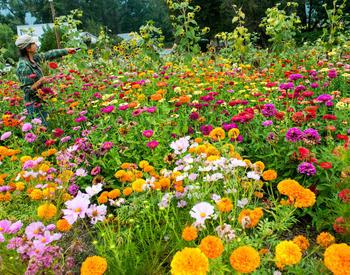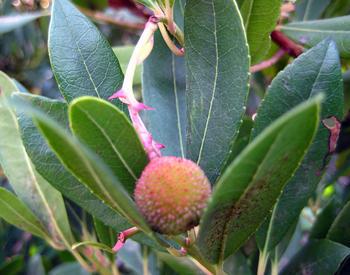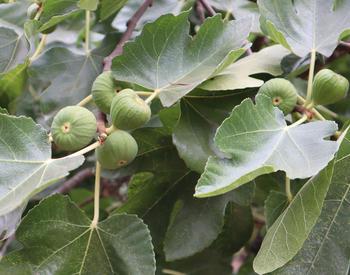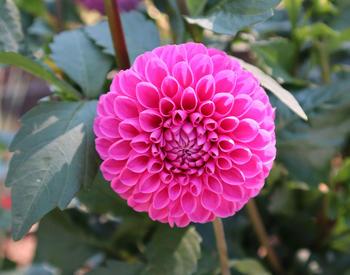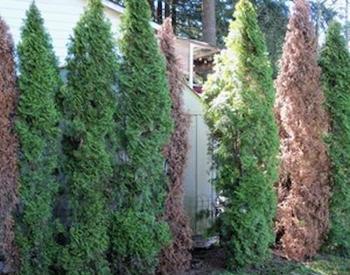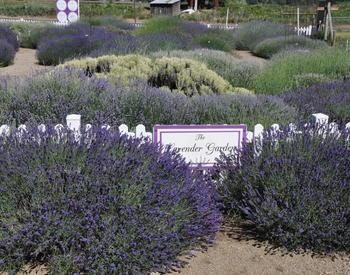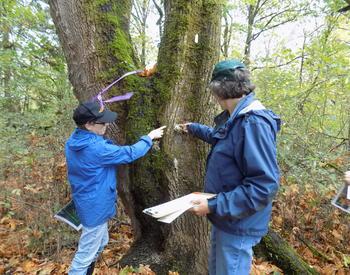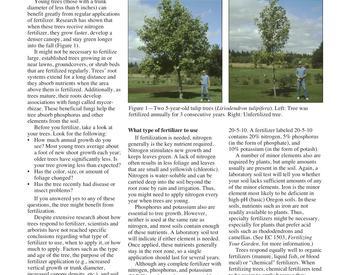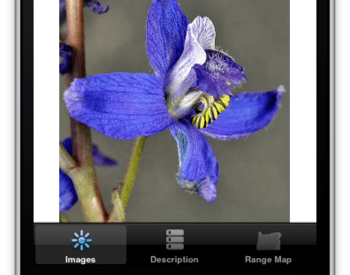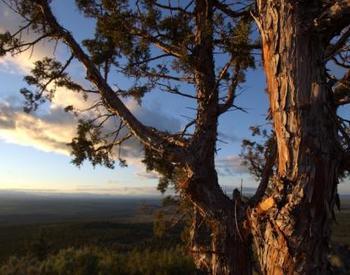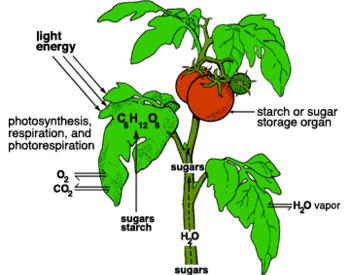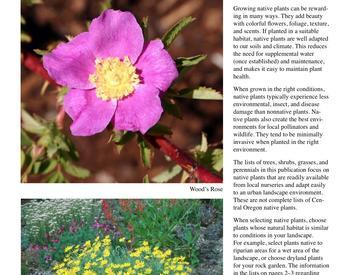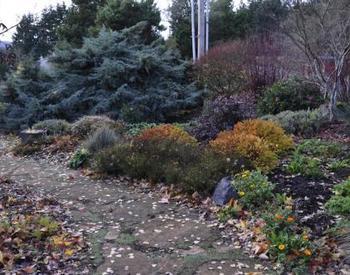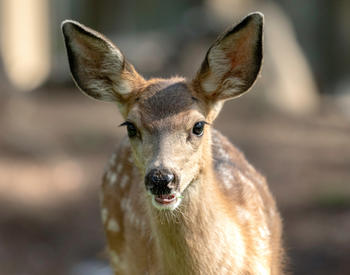Streamside or riparian planting zones reflect the availability of soil moisture during the dry summer months and the potential for flooding at other times of the year. Choose a species that is appropriate for the zone you will be planting in.
Zone 1: Stream channel and banks
It is flooded at least part of the time every winter and supports largely hydrophytic (water-loving) vegetation. Soils are often rocky and difficult to plant. Plant flood-tolerant species.
Zone 2: Upper banks and floodplain
This may be a very narrow zone in a channelized or confined stream or a wide zone in an unconfined stream. Moisture usually decreases from the boundary of Zone 3. Shrub and weed competition may be intense. Soils are often sandy and/or rocky and droughty. Both flood- and drought-tolerant species may be suitable.
Zone 3: Upper terrace and uplands adjacent to stream bank
This zone supports primarily upland vegetation, although some Zone 1 and 2 species may be found at the boundary of Zones 2 and 3. Plant drought-tolerant species.
